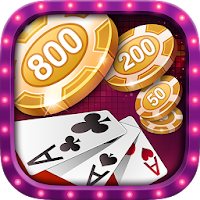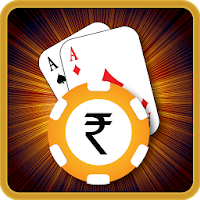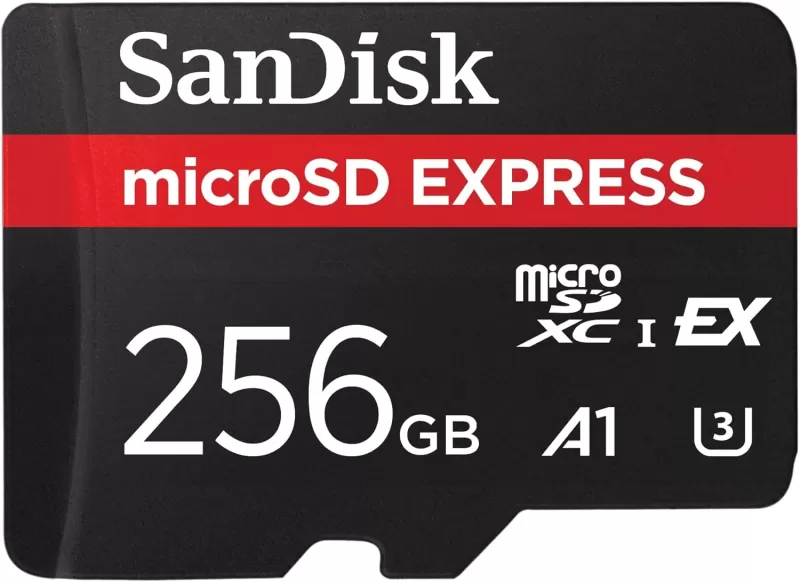by Gabriella May 22,2025
After months of intense speculation, rumors, and leaks, Nintendo fully unveiled the Switch 2 during its own Direct presentation. Not only did we receive trailers for exciting new games like Mario Kart World, Donkey Kong Bonanza, and even Nintendo GameCube games exclusive to Switch 2 Online, but perhaps more importantly, we got a detailed look at the system itself. From an accessibility perspective, I’m thrilled to report that the Switch 2 represents a significant upgrade over its predecessor in nearly every aspect.
A few months ago, I shared my accessibility predictions for Nintendo’s latest console. I hoped for more robust accessibility features, enhanced Joy-Con controller usage, and unique inclusive design practices. To my delight, Nintendo not only met these expectations but exceeded them with additional features. In this Access Designed segment, let's dive into the confirmed and exciting accessibility enhancements of the Switch 2.
The beloved fully customizable controls feature returns, functioning similarly to the original Switch. The ability to adjust text size to three different variants is back, enhanced with options for High Contrast and customizable display colors. The Zoom functionality, essential for blind and low vision players, also makes a return. Yet, the most surprising addition is the new “Screen Reader” setting.
Blind and low vision individuals often rely on Text-to-Speech features to navigate menus and settings. While the Screen Reader is limited to the HOME menu and system settings, it's a crucial tool that enables disabled players to independently navigate the Switch 2. Users can choose from different voices, adjust read speeds, and control volume levels. Although it's unclear whether individual games will incorporate these tools or offer their own accessibility features, Nintendo's commitment to its disabled audience is clear and promising for the future of accessibility at the company.
For cognitive, blind/low vision, and physically disabled players, another feature in the app—the Autobuild Sharing tool—enables players to share their custom Zonai tech creations. By scanning a QR code, disabled individuals can instantly construct a Zonai machine if they possess the necessary materials. Personally, I found the control layout and required buttons for building Zonai machinery in Tears of the Kingdom challenging. With this new tool, my focus shifts to gathering materials, alleviating the burden of the actual building process. This feature embodies the inclusive design principles that I've consistently admired in Nintendo's approach.
Additionally, disabled players can share items with one another through Item Sharing, similar to Autobuild Sharing. By scanning a QR code, I can immediately access items sent by friends, reducing the physical strain of constantly searching the world for weapons and food. While this doesn't make Breath of the Wild and Tears of the Kingdom fully accessible, it represents a significant advancement in accessibility.
By flipping the Joy-Con on its side, players can move the controller across any surface, mimicking a computer mouse. While the force required to move the cursor remains undisclosed (for comparison, my mouse on an ultrawide monitor has a DPI of 6400), any new method of play will undoubtedly offer accessibility benefits to a range of disabled players. It's exciting to envision how Nintendo will utilize this feature, but more importantly, it represents another tool for disabled individuals. Combined with the variety of controller types already available on the Switch and Switch 2, Nintendo continues to innovate in controller usage.
As a dedicated Nintendo fan, I'm incredibly excited for the Switch 2. While I'm cautious about spending up to $450 on the system, my love for gaming began with Nintendo. With each new system, Nintendo introduces exciting accessibility enhancements that demonstrate their ongoing commitment to accessibility and inclusive design. Although Nintendo has yet to offer a first-party accessible device like the Xbox Adaptive Controller or PlayStation Access Controller, they are innovating in their own way by providing new ways to play for disabled individuals. Coupled with the recent announcement of Nintendo's collaboration with other developers to create standardized accessibility tags, I'm confident that Nintendo will continue to elevate accessibility standards.
Mobile Legends: January 2025 Redeem Codes Released
Pokemon TCG Pocket: Paralyzed, Explained (& All Cards with ‘Paralyze’ Ability)
Android Action-Defense
Brutal Hack And Slash Platformer Blasphemous Is Coming To Mobile, Pre-Registration Now Live
Pokémon TCG Pocket Is Dropping a Trade Feature and Space-Time Smackdown Expansion Soon
Mythical Island Debuts in Pokemon TCG, Time Revealed
GWENT: Top 5 Decks for 2025 - Strategies Revealed
Marvel Rivals Showcases New Midtown Map

Vô Cực Đại Chiến
Download
Lunch with Ronan mod
Download
Diamond Deluxe Casino - Free Slot Machines
Download
Shopping Mall 3D Mod
Download
Priya’s Awakening
Download
Flight Pilot: 3D Simulator
Download
Flight Pilot: 3D Simulator
Download
L.A. Story - Life Simulator
Download
teen patti travel
Download
Pikmin Bloom Earth Day Walk Party Begins
Dec 24,2025
Sony Unveils Official PlayStation Wireless Speakers
Dec 24,2025

Cyberpunk 2077 to Fill 64GB, a Quarter of Switch 2 Storage
Dec 24,2025

Fallout 76 Unveils New Ghoul-Themed Update
Dec 23,2025

Climate Game Atuel Launches on Android (Note: "Surrealist Documentary" was removed to meet 50-character limit.)
Dec 23,2025